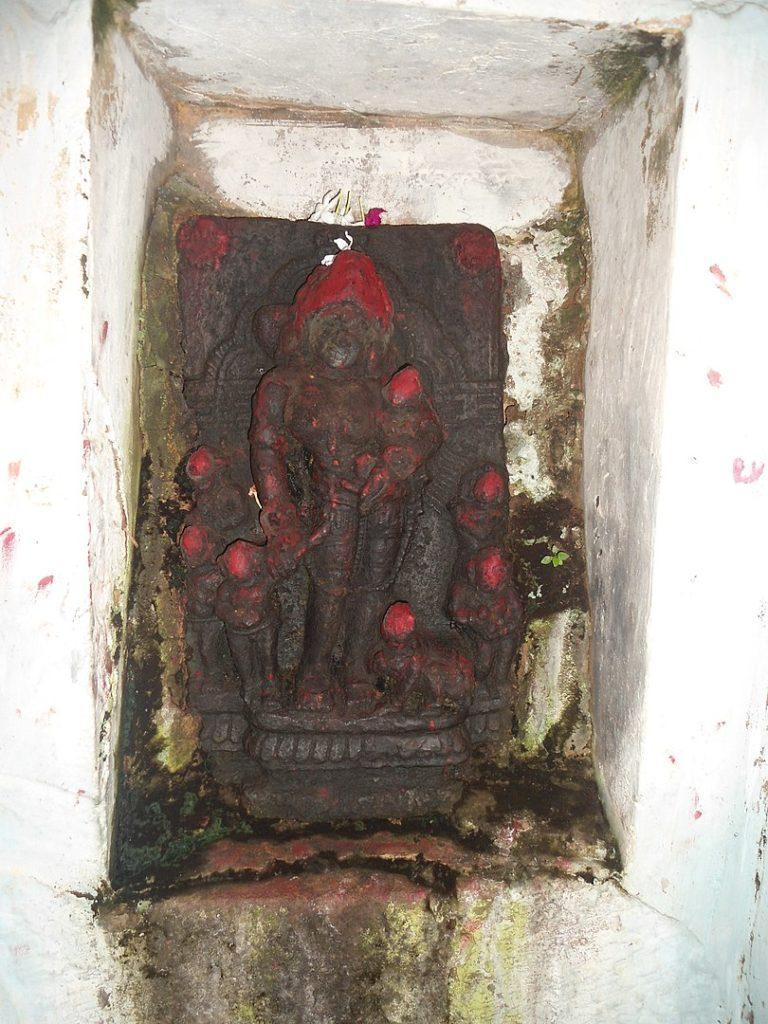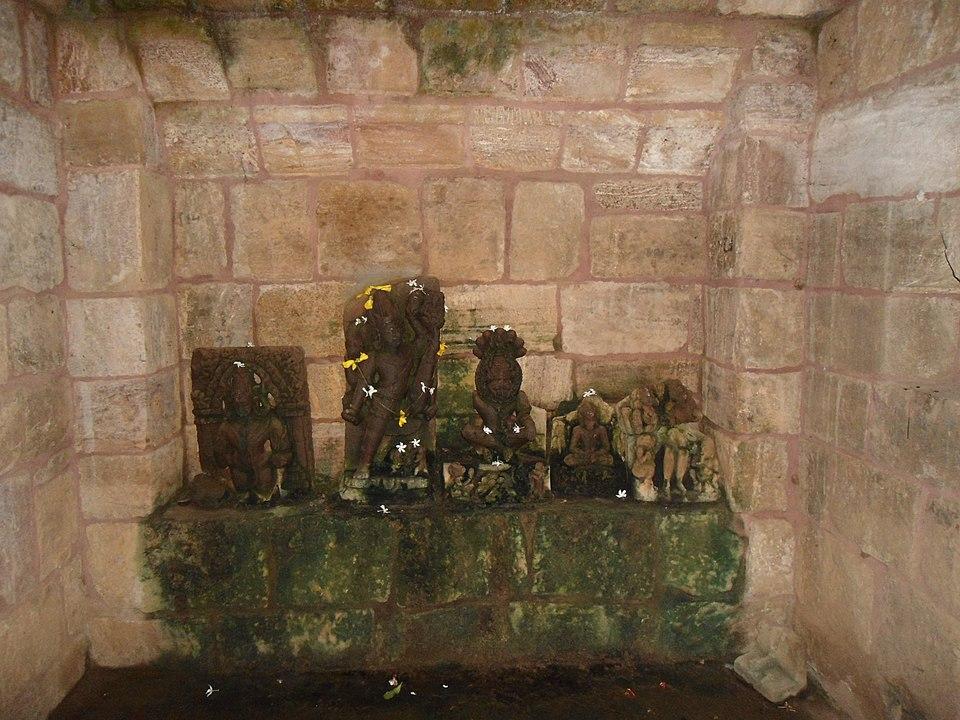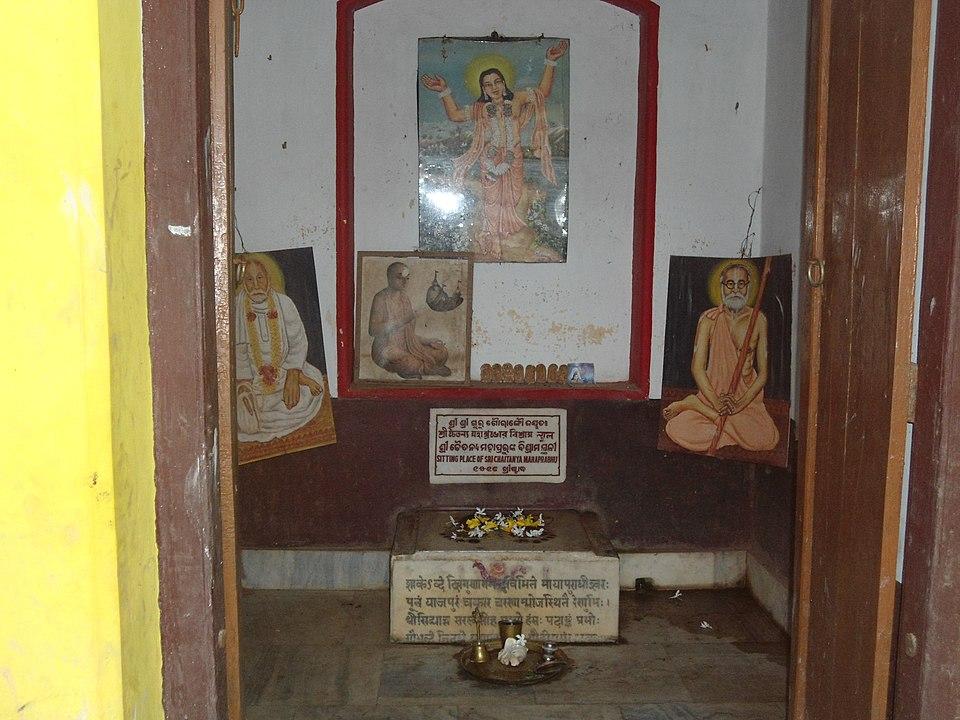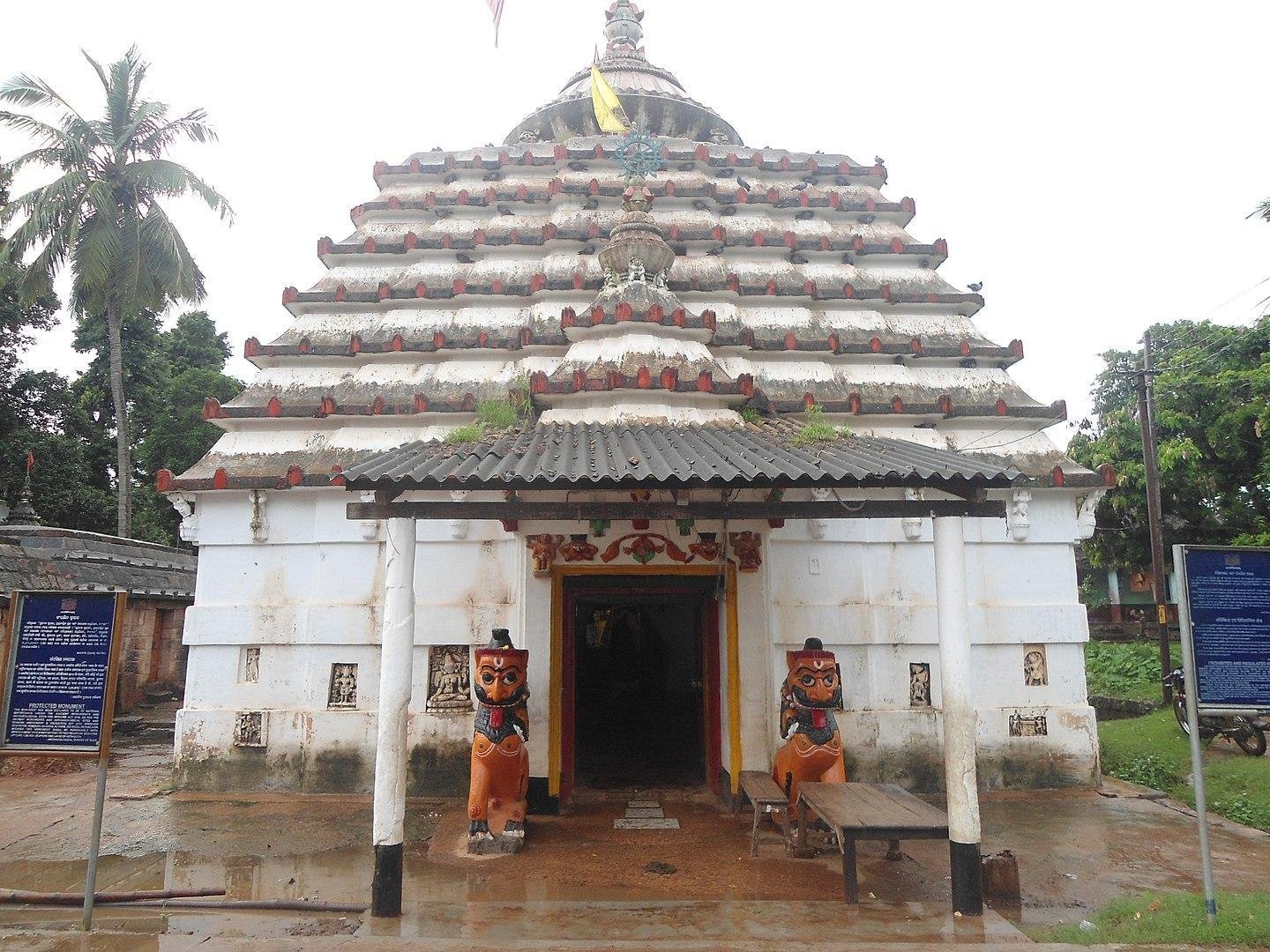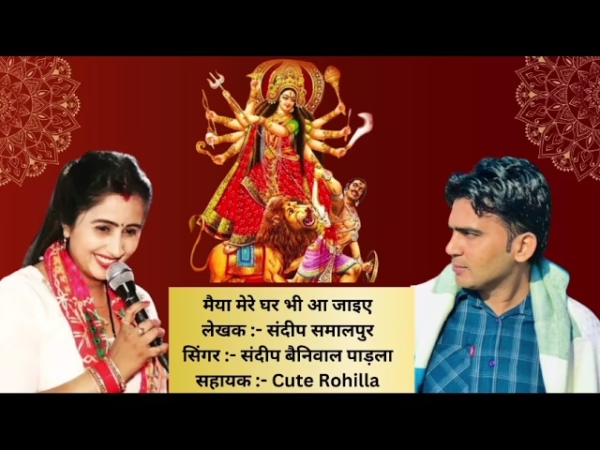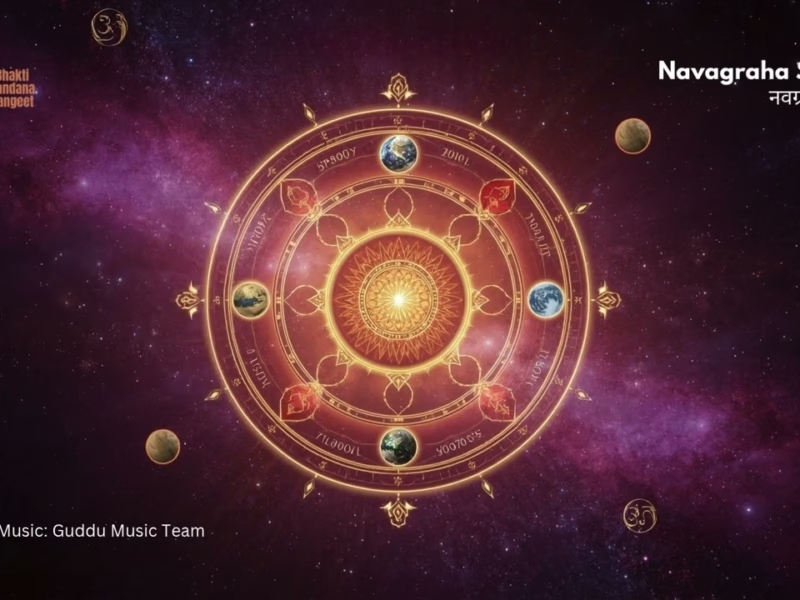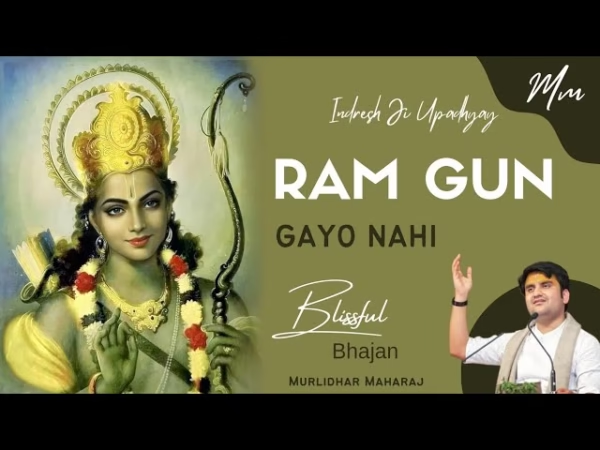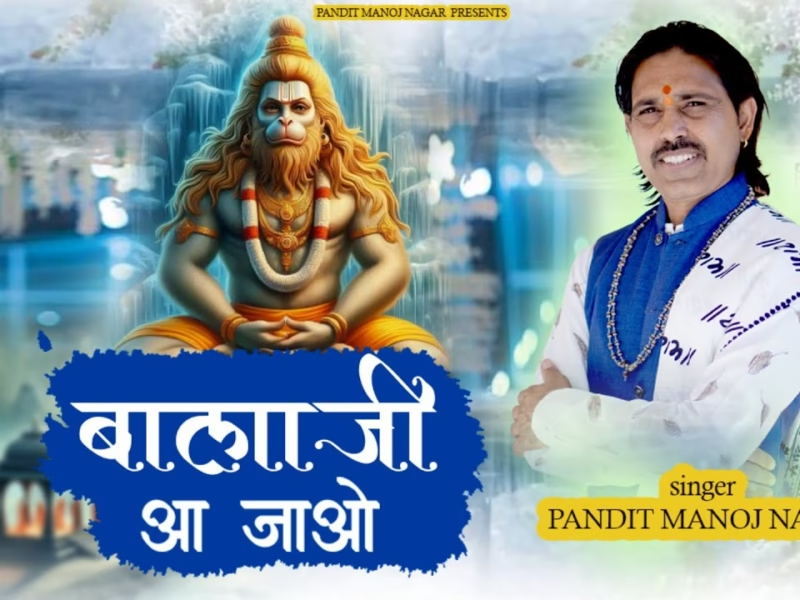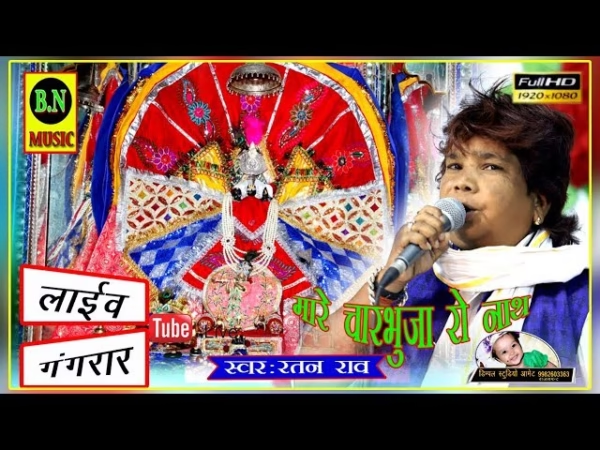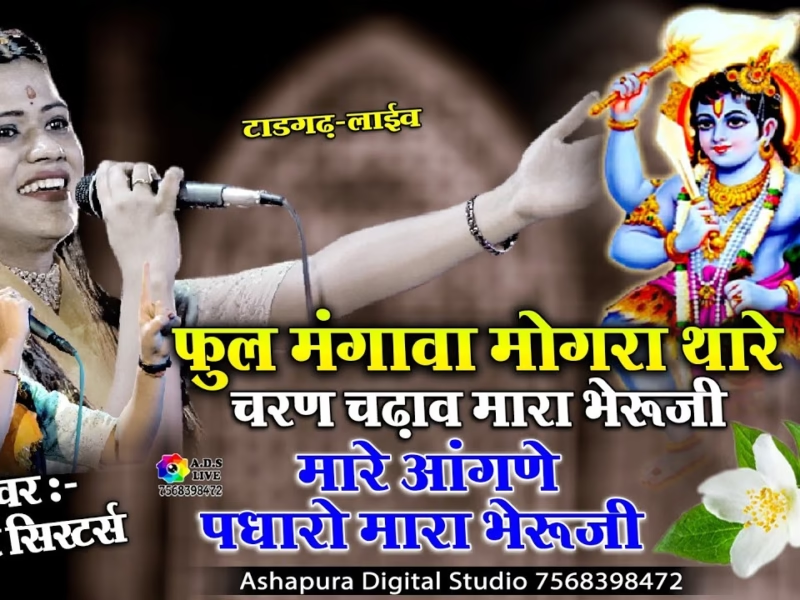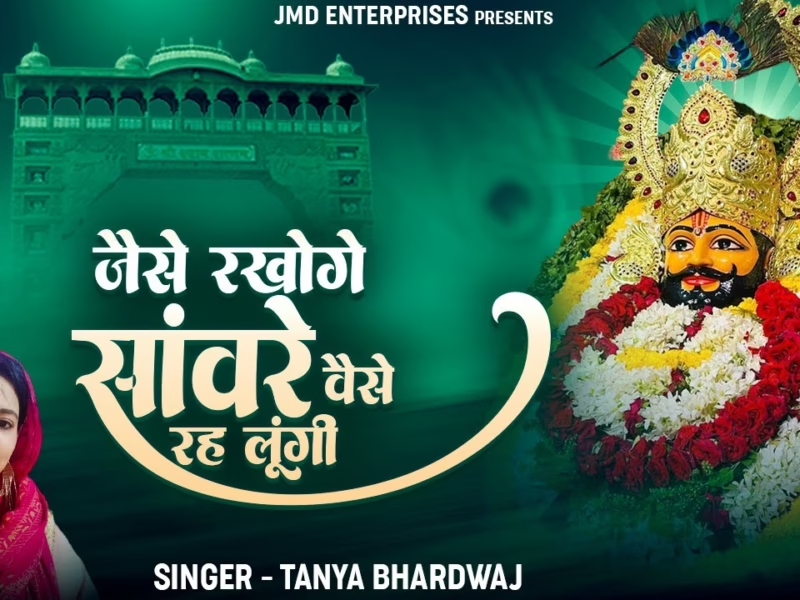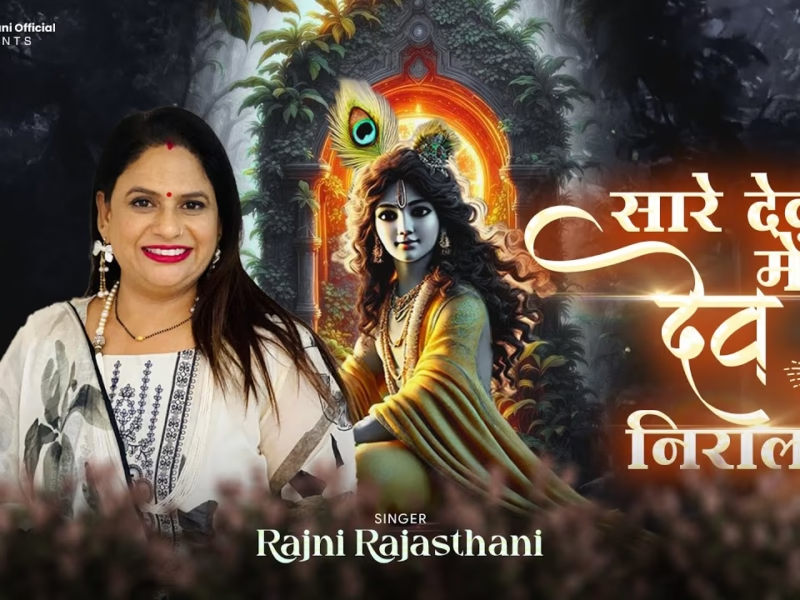Contents
The Varahanatha Temple, also known as Yajna Varaha Temple, is located on the left bank of the Vaitarani River on an island formed by the river, in Jajpur.
The main shrine is dedicated to Varaha, the boar avatar of the god Vishnu. Built-in 15-16th century, the temple is constructed in Kalinga architectural style. Besides the central Varaha shrine, there are numerous subordinate shrines to deities like Shiva, Vishnu, Vimala, and others.
On the basis of the architecture and structures enshrined in the temple, it is estimated to be built during the 15–16th century under the Suryavamshi Gajapati rule. Another legend attributes to the king’s head priest, Kasi Mishra. The Hindu saint Chaitanya Mahaprabhu (1486–1534), who was instrumental in establishing the Chaitnaya Math and propagated Vaishnavism (worship of Vishnu and related deities) visited this temple, on his way from Puri in 1510. The temple was refurbished by Raghoji I Bhonsle (reign: 1739-1755), the Maratha ruler of the Nagpur kingdom. It is a protected monument maintained by the Archaeological Survey of India
Festivals
The festivals held in the temple complex are the Chandana Yatra, Sunia, Kartika Purnima, Baula Amavasya, Maha Varuni Yatra, Mahashivaratri, and so forth.
Architecture
The temple faces east and is located in a 30-by-40-metre (98 by 131 ft) plot. The temple structure is built over a plinth of 25.30-by-12-metre (83.0 by 39.4 ft). The height of the temple is 22 metres (72 ft). Built in Kalinga architectural style, the temple has three components, namely the vimana (building containing the sanctum), the antarala (a small chamber between the sanctum and the hall) and the jagamohana (assembly hall).
The vimana is a Rekha deula (a tall building with a shape of sugar loaf) and the jagamohana is a pidha deula (square building with a pyramid-shaped roof). The Vimana as well as the jagamohana are square in shape. The temple is built in ashlar masonry with Khandolite stone, the exposed surfaces are plastered and given a white wash of lime. The outer wall is panchanga bada, that is, divided into 5 parts (from base to top): pabhaga, talajangha, bandhana, upara jangha and baranda.
The sanctum has two images of Varaha, a Lakshmi (consort of Vishnu) image and a Jagannath (a regional form of Vishnu) image. The Jagannath image is made of wood, while the rest are made of chlorite. The talajangha of the vimana exhibits erotic sculptures, mother and child, and amorous couples. Musicians, devotees and Yamuna (a river goddess) are carved on the upara jangha. The pinnacle is Pancharatha (containing five Pagas or segments) in nature and decorated with figures of the udyotasimhas (lion with lolling tongue) and gajasimhas (the lion riding an elephant), all on central pagas (raha), except the main paga which bears a Varaha image.
The jagamohana and antarala have modern paintings with floral and animal or bird motifs. The jagamohana has a Garuda pillar. In the jagamohana, the sculptural images of dvarapala (gate keepers) of the Shaiva (related to the god Shiva) tradition, the head of Brahma and Astikajaratkaru (the goddess Manasa cradles her child Astika or a dead man who is revived) fixed to the walls. The niches in the talajangha of the jagamohana has images of the predominantly Buddhist deity Prajnaparamita, Vishnu, Kalyanasundara (marriage scene of Shiva and Parvati), Narasimha (avatar of Vishnu), Ganga (the goddess of the Ganges), Varaha, Parvati (consort of Shiva), Giridhari Govardhana (a form of Krishna – avatar of Vishnu) and dancing panels. The brackets supporting the gandi (temple pinnacle) have erotic sculptures of male and female figures and figurines of bharabahaka (goblins supporting the roof) and mother and child.
The temple also has independent sculptures of different ages, fixed at random. Deity sculptures in the temple include Ganesha (god of wisdom), Vamana (avatar of Vishnu), Vishnu, Narasimha, Brahma, Uma-Maheshavara (Shiva with Parvati) and Dhyani Buddha (a Buddhist image).
Legend / Local stories
When Brahma was performing Ashvamedha yajna, he realised that the Vedas were stolen, he then requested Lord Vishnu to retrieve them. As soon as the yajna was completed, Lord Vishnu emerged from the yagna in the form of a boar – His Varaha avatar – with the stolen scriptures. Since then, the location of the yajna came to be known as Jajpur. This 15-16th century temple is located at the banks of Vaitarani River on an island formed by the river. This ancient Varaha temple once had 4 deities – while 3 deities of Varaha are still here (Yajna Varaha, Vishnu Varaha and Adi Varaha). The fourth Deity named as Lakshmi Varaha was taken by King of Aul across Vaitarani to Kendrapara, Orissa.
Photo Gallery
